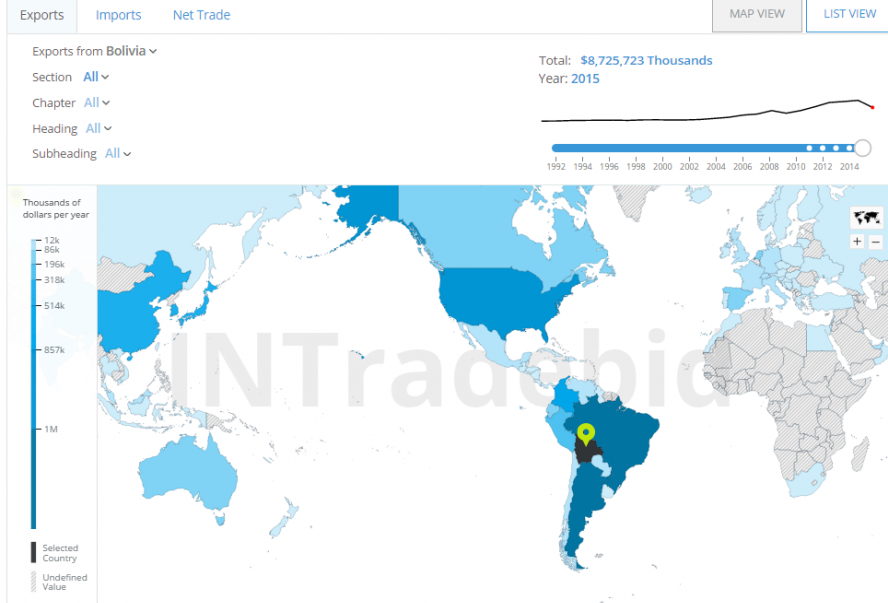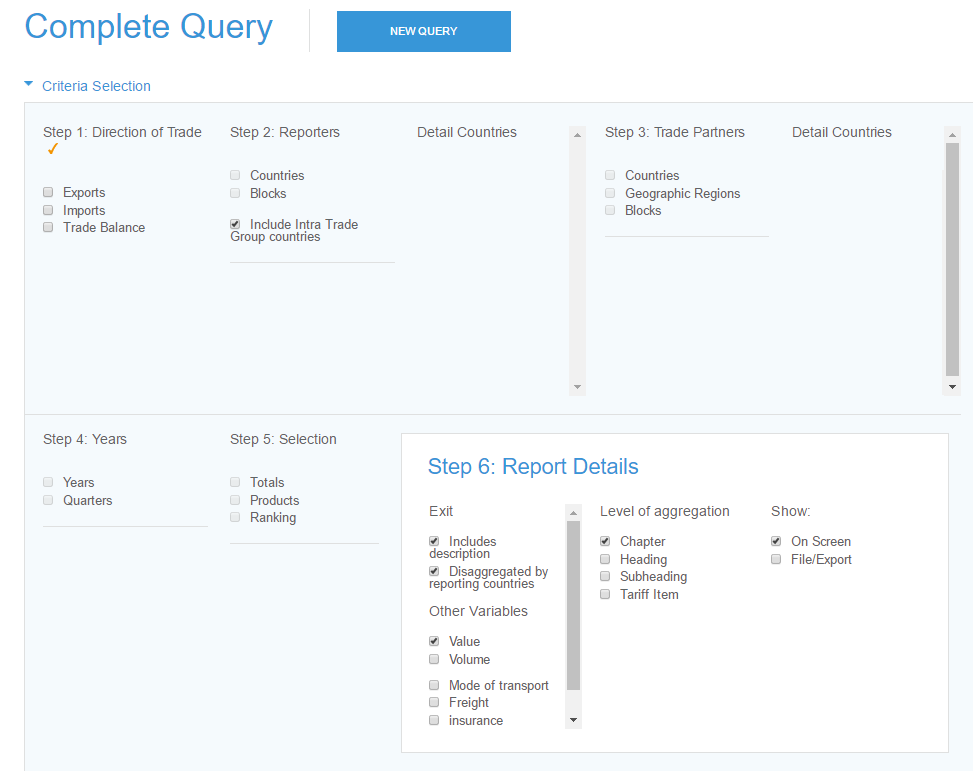Álvaro Ugartemendia, an entrepreneur at Lácteos CDS in Argentina, has dedicated himself to grow his family business. In a matter of a few years, CDS went from producing only milk to expanding its market towards cheese and other derived products, they needed to export. To date, his company has received multiple awards and exports to different countries in the region. As in Álvaro’s case, exporting products can help an SME to grow, position itself in the market, consolidate its brand and increase its profits. However, for many companies, it is a risk factor and these opportunities are clouded by fears.
So how can we deal with this uncertainty? With data.
Before making decisions, entrepreneurs must know the market they face, fortunately, there is a way to access this information. However, it is not enough just to know figures and percentages, you also have to know how to interpret them. In response to this need, INTrade offers several tools to obtain and understand trade data.Understanding markets in international trade can be challenging without adequate, detailed data on trade flows. For example, knowing that flows of agricultural goods between two countries have increased is of relatively little use to an exporter looking to find a niche to expand her sales: it’s a positive sign, but it doesn’t point to a specific course of action. Likewise, for policymakers looking for ways to promote export diversification, knowing that total trade has gone up or down only gives context, not information to guide decisions on policy interventions that could help make the external sector more resilient in a changing global economy.
To help inform decision-making for both private and public actors, the INTrade Information System on Integration and Trade maintains a database of trade flows at the most disaggregated product level possible—the tariff-line level.
This granular data, defined at the level at which customs identifies the tariff rates applicable to each product, gives the greatest possible insight into which products are traded in each country and how much of each. INTrade is also the only free-access online database with data at this level of detail for all countries in Latin America and the Caribbean.
As a first step toward exploring this data, INTrade offers an interactive visual tool to help get a sense of global flows down to the internationally comparable “subheading” level, which covers trade flows in over five thousand products. This tool provides users with a quick, easy-to-understand view of where a country exports these goods, where it imports them from, the trade balance with each partner country, and longer-term trends.
Once specific products and partners of interest have been identified, the Detailed Trade Statistics tool can drill down to the finest level of detail. With it, users can query the subheadings of their choice and can return the underlying data broken out at the tariff-line level. For example, if Lácteos CDS is looking to export cheese to the United States will find that the HS subheading is broken out into several different tariff lines, covering processed cheese and other types, with different seasons of entry. Each of these can then be broken down by country of origin. This data gives our exporter greater insight into where competitors are exporting from.
At the same time, the Detailed Trade Statistics tool also enables policy analysts to access larger sets of trade data, both aggregated and disaggregated. Exports or imports can be queried for individual countries as discussed above, or aggregated for trading blocs. At the same time, the partner countries of these trade flows can be analyzed individually or grouped by trading bloc or geographical region, all of which can be customized to fit the analyst’s specific needs. For example, the tool can provide data on Argentina’s soybean exports for each country that it exports to, or aggregated into totals for Latin America, Asia, Africa, Europe, and North America. Likewise, Brazil’s sugar exports can be aggregated into totals being exported to the MERCOSUR, the Central American Common Market, and CARICOM. For traders that have deep knowledge of their own product’s characteristics, these types of data help to quantify the presence of real competitors in foreign markets.
Registered INTrade users have access to a wider range of data presentations in addition to those based on the Harmonized System described above. Although this is how countries gather and report the data, INTrade includes correlations with the Standard International Trade Classification (SITC, for which there are several revisions), the International Standard Industrial Classification (ISIC), and by product group as defined in the UNCTAD Handbook of Statistics. These different classifications enable different types of analysis of trade flows and facilitate the combination of INTrade statistics with other variables from other sources. The results of nearly all these queries can be displayed on-screen or exported for further analysis as Excel, Access, or text files.
Detailed trade data is vital for understanding the evolution of international markets and LAC countries’ integration into these markets.
INTrade allows access to this data through several tools and is, therefore, an important resource for regional traders and policymakers seeking the information they need to guide their companies and countries with greater insight.




Thank you for sharing such an informative post. Would like to recommend visiting https://www.corpiness.com/worldtradereport/